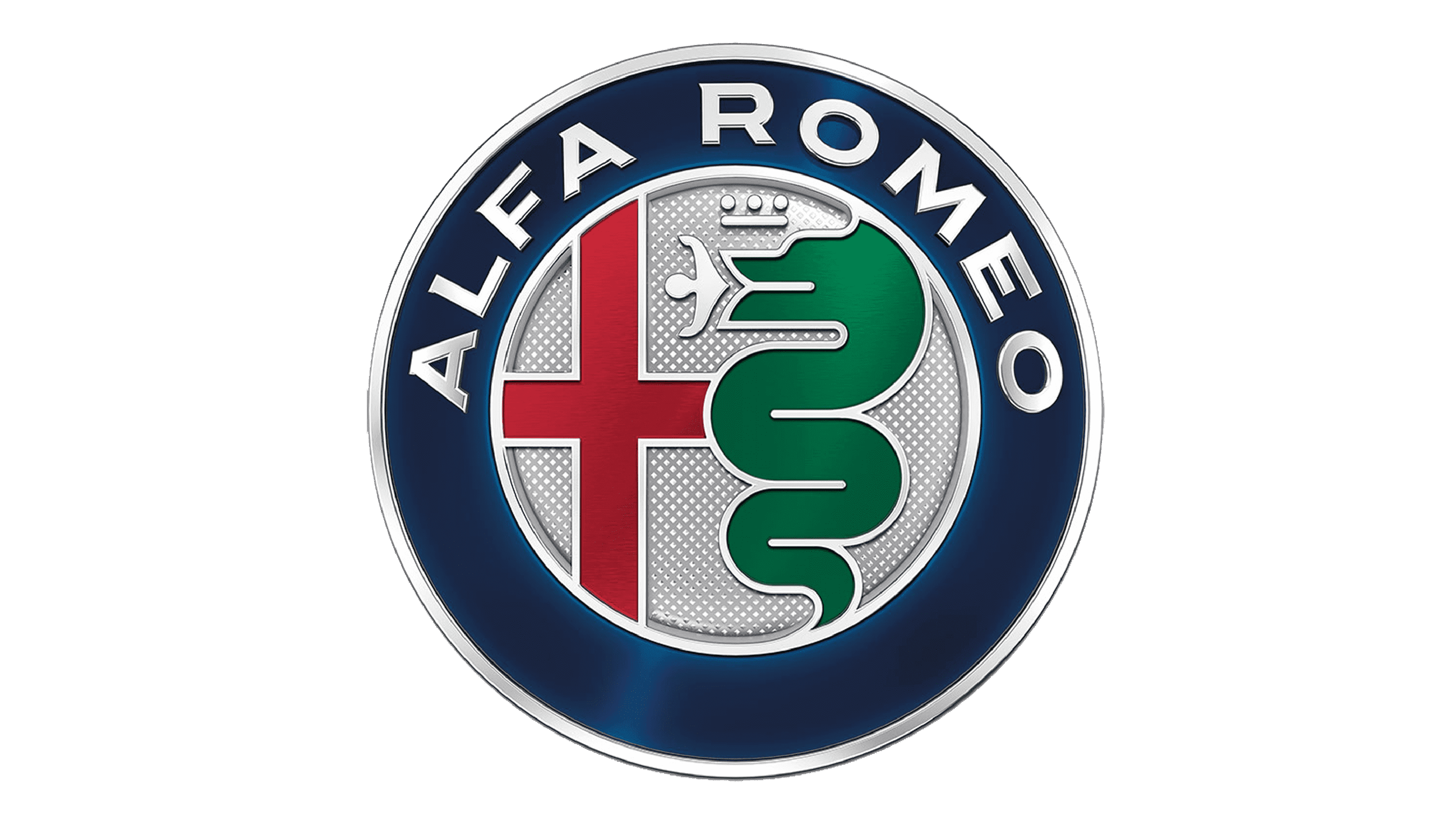1932 Alfa Romeo 8C 2300 Monza

The descriptions of the Classic Cars in the Directory were partly generated or supplemented with the help of artificial intelligence (AI). The content may occasionally not always be entirely accurate or factually correct despite careful checking.
The Alfa Romeo 8C 2300 Monza was first introduced in 1931 as a successor to the highly successful 6C 1750. With its advanced engineering and racing pedigree, the 8C 2300 Monza was designed to be a high-performance sports car that could compete with the best of its time. Here are some technical details on this legendary vehicle:
Engine: The engine of the Alfa Romeo 8C 2300 Monza is a twin-overhead cam 2.3-liter straight-eight unit that produces 180 horsepower. This engine was lauded for its advanced design, as it featured an aluminum head and block, an integrated supercharger, and dry sump lubrication. This powerful engine allowed the 8C 2300 Monza to achieve a top speed of about 135 miles per hour.
Transmission: The 8C 2300 Monza came with a four-speed manual transmission that was synchronized on the top two gears. It also featured a lightweight, single-plate clutch that was designed for racing conditions. The transmission was located at the rear of the car, in order to maintain an optimal weight balance.
Chassis: The chassis of the 8C 2300 Monza was a ladder-type frame made from steel tubing. It featured independent suspension, with double wishbones and coil springs at the front and a live axle with semi-elliptical leaf springs at the rear. The chassis was also optimized for racing conditions, with powerful drum brakes and a short wheelbase for nimble handling.
Body: The body of the Alfa Romeo 8C 2300 Monza was designed by Zagato, an Italian coachbuilder known for its lightweight and aerodynamic designs. The body was made from lightweight aluminum and featured a long hood, sloping fenders, and a stubby rear end. The aerodynamic shape of the body was intended to reduce drag and improve top speed.
Racing: The Alfa Romeo 8C 2300 Monza was one of the most successful racing cars of its time. It won the prestigious 24 Hours of Le Mans in 1931 and 1932, as well as the Mille Miglia and Targa Florio races. It was also driven by some of the most famous racing drivers of the era, including Tazio Nuvolari, Rudolf Caracciola, and Luigi Fagioli.
Conclusion:
The Alfa Romeo 8C 2300 Monza is a legendary car that combines advanced engineering, racing pedigree, and beautiful design. With its powerful engine, nimble chassis, and aerodynamic body, it was a dominating force on the racetrack and remains a sought-after collector's item today. Its technical details demonstrate the level of innovation and excellence that Alfa Romeo was known for in the early 20th century.
Milestones
- 1931: Alfa Romeo hires engineer Vittorio Jano to design a new racing car - 1932: Alfa Romeo unveils the 8C 2300 Monza at the Rome Motor Show, with a supercharged eight-cylinder engine and a lightweight chassis - 1932: The car makes its racing debut at the Mille Miglia, a 1,000 mile endurance race in Italy - 1932: The 8C 2300 Monza wins its first race at the Targa Florio, a grueling road race through the mountains of Sicily - 1933: Alfa Romeo introduces a new body for the 8C 2300 Monza, designed by the coachbuilder Zagato - 1933: The car wins the 24 Hours of Le Mans, driven by Tazio Nuvolari and Raymond Sommer - 1934: The 8C 2300 Monza wins the Irish Grand Prix, beating more powerful cars from Mercedes-Benz and Auto Union - 1935: The car is retired from racing, after having established an impressive record of wins and podium finishes over a three-year period.Technical
• Engine: 2.3-liter inline-eight • Power output: 180 hp at 5,500 rpm • Top speed: 135 km/h (84 mph) • Weight: 780 kg (1,720 lb) • Suspension: Independent front suspension, rigid rear axle • Brakes: Four-wheel drum brakes • Transmission: Four-speed manual gearbox • Wheelbase: 2,560 mm (100.8 in) • Length: 3,750 mm (147.6 in) • Width: 1,570 mm (61.8 in) • Height: 1,170 mm (46.1 in) • Production years: 1931-1934 • Total production: 188 units (including various body styles) • Racing achievements: 1932 and 1933 Italian Grand Prix wins, 1933 24 Hours of Le Mans win